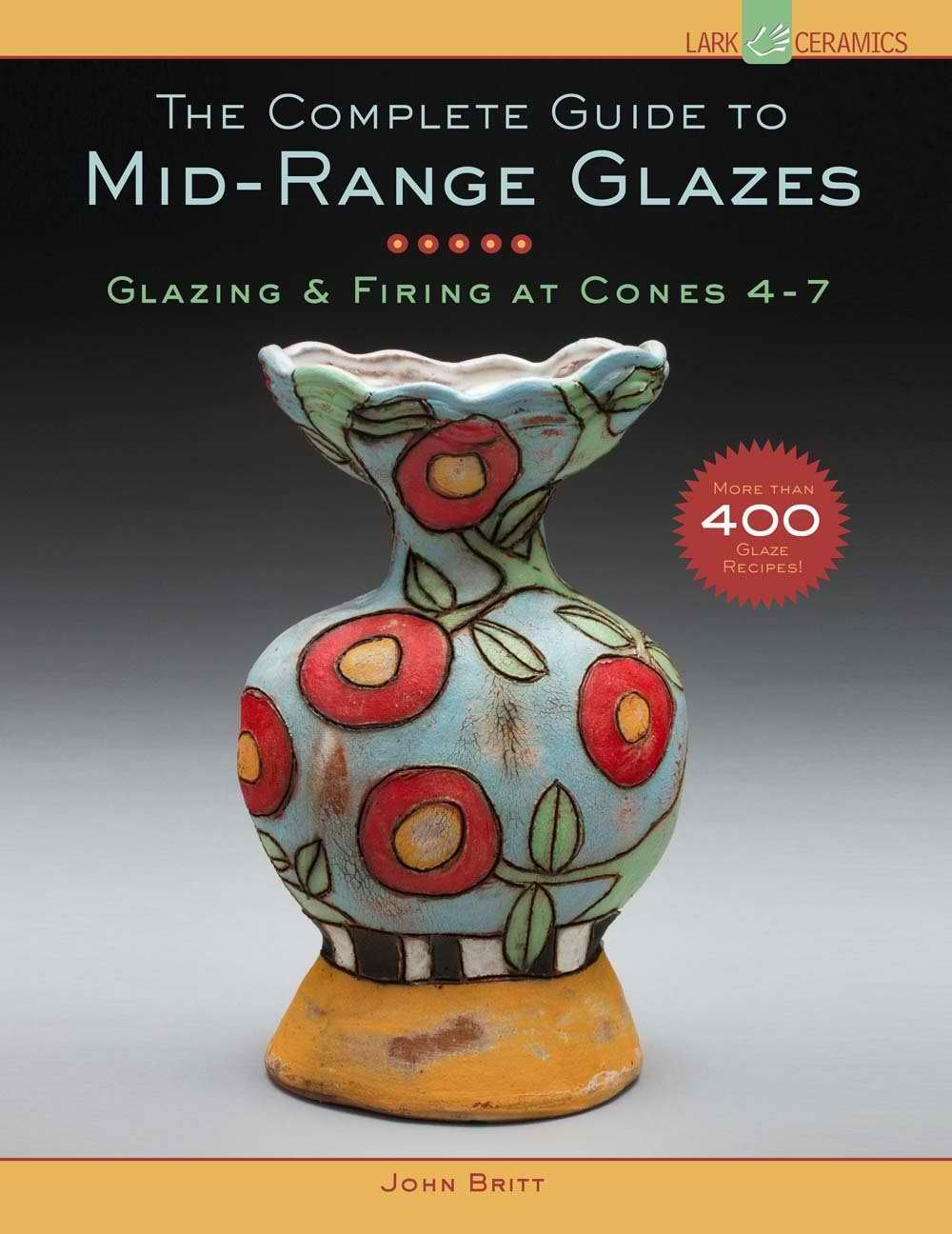
Potters can "fire down" a kiln to help achieve this effect. Ī longer cooling time allows for maximum surface crystals. Oil spots are more common in an oxidation firing. While the glaze is molten, iron can migrate within the glaze to form surface crystals, as in the "oil spot" glaze, or remain in solution deeper within the glaze for a rich glossy color. A long firing process and a clay body which is also heavily colored with iron increase the opportunity for iron from the clay to be drawn into the glaze. During their heating and cooling, several factors influence the formation of iron crystals within the glaze. Tenmokus are known for their variability.

The more quickly a piece is cooled, the blacker the glaze will be. It is made of feldspar, limestone, and iron oxide. Characteristics Ĭontemporary sake cup with blue tenmoku glaze, by Kamada Kōji In the 1990s, renewed interest in the Jian ware in China means that masters such as Xiong Zhonggui in the village of Shuiji in Fujian has been able to restart production of Jian Zhan using the original raw materials. Others are Nagae Sōkichi (長江惣吉), Hayashi Kyōsuke (林恭助), and Oketani Yasushi (桶谷寧). The glaze is still produced in Japan amongst a very small circle of artists, one being Kamada Kōji (鎌田幸二). Of particular renown were the kilns that produced tenmoku are Seto ware. The Japanese term gradually replaced the original Chinese one for general ware of the type. The style was eventually produced in Japan as well, where it endures until this day. Three of these vessels from the southern Song dynasty are so highly valued that they were included by the government in the list of National Treasures of Japan (crafts: others). As they became valued for tea ceremonies, more pieces were imported from China where they became highly prized goods.

A number of Japanese monks who traveled to monasteries in China also brought pieces back home. Īccording to chronicles in 1406, the Yongle Emperor (1360–1424) of the Ming dynasty sent ten Jian ware bowls to the shōgun Ashikaga Yoshimitsu (1358-1408), who ruled during the Muromachi period. In Chinese it is called Jian Zhan (建盏), which means "Jian (tea)cup". The style became widely popular during the Song dynasty. Tenmoku takes its name from the Tianmu Mountain (天目 Mandarin: tiān mù Japanese: ten moku English: Heaven's Eye) temple in China where iron-glazed bowls were used for tea. Chinese Jian ware yohen tenmoku tea bowl with blue and green "oil spot" marks, southern Song dynasty, 13th century.


 0 kommentar(er)
0 kommentar(er)
